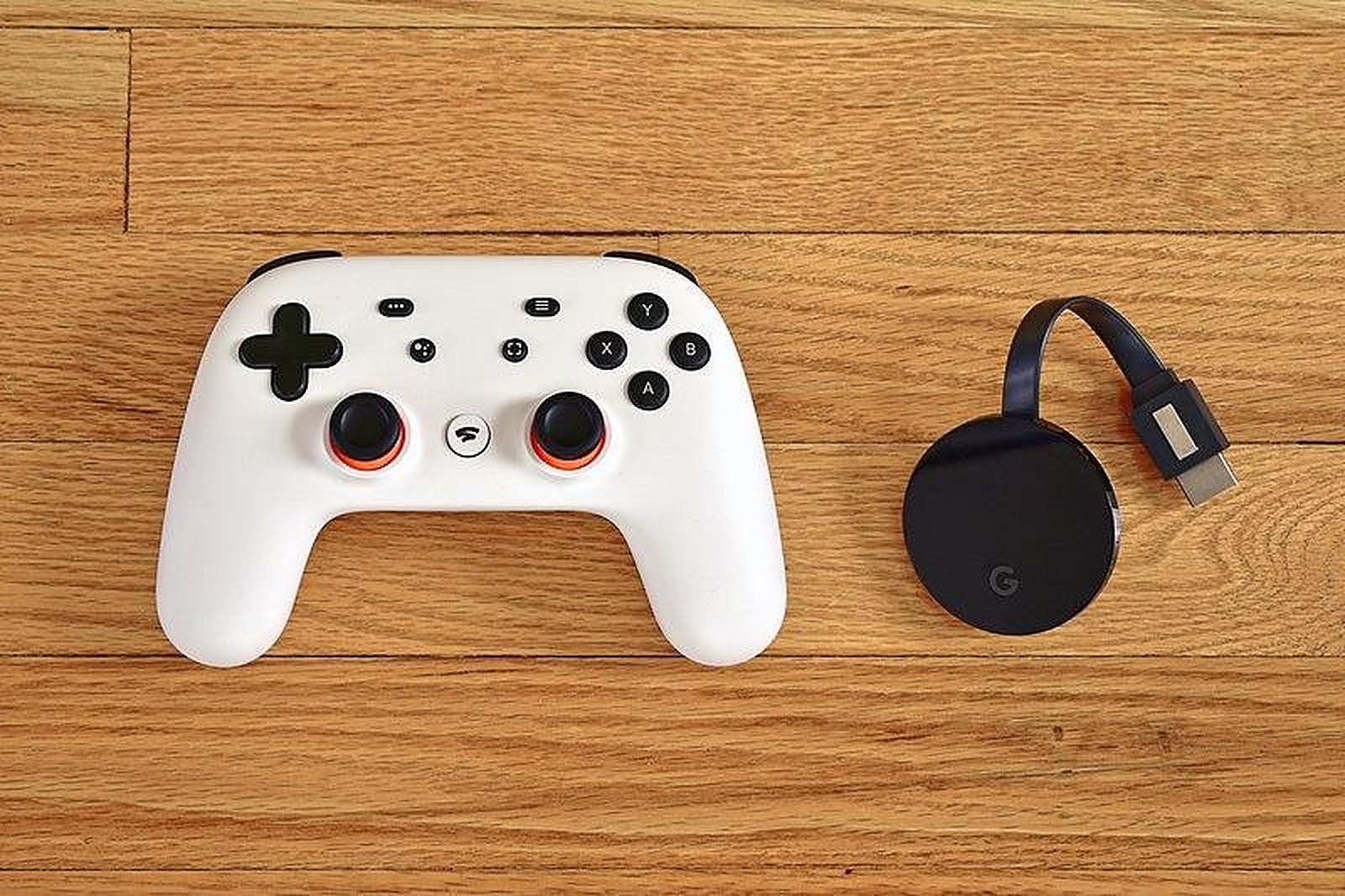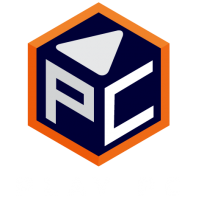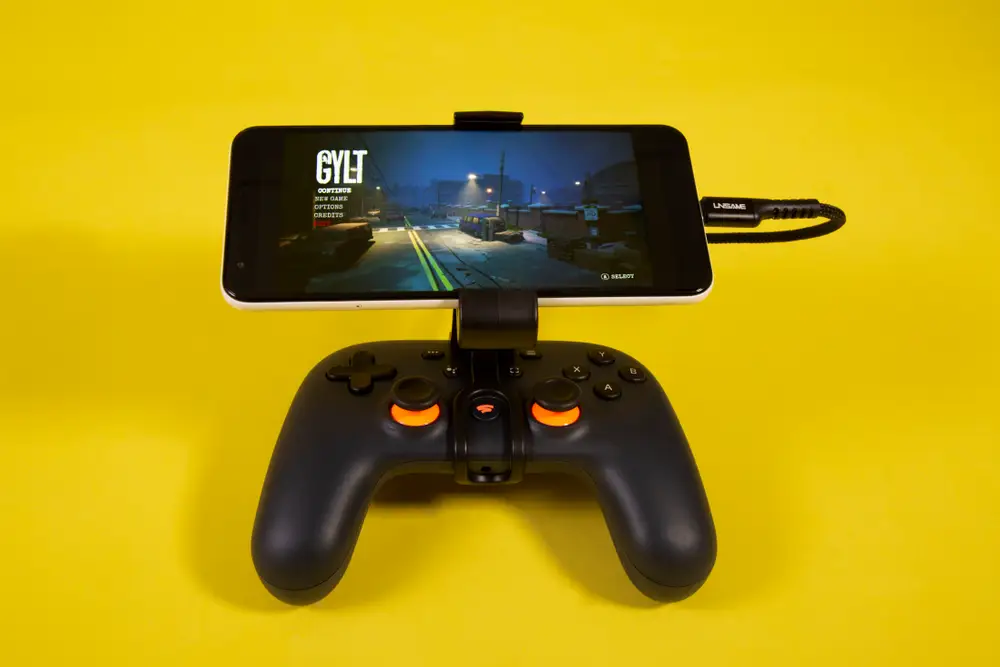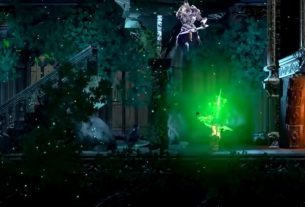The earliest indication of Google’s interest in video game products was Project Stream. Since 2016, there have been rumors that the corporation is developing a service Project Yeti. In 2018, Google observed recruiting developers at industry events and also hired Phil Harrison, a senior executive in the gaming sector.
The primary way that Project Stream differs from earlier services. These are like OnLive and PlayStation. Now, players can use this with any desktop Chrome browser, requiring no additional software that you need to install.
The service also runs on AMD Radeon graphics hardware. Internally, the service was built around the 2016 video game Doom to demonstrate the proof-of-concept in realistic conditions.
The Launch
Stadia debuted on November 19, 2020, in 14 nations. These nations include Belgium, Canada, Denmark, Finland, France, Germany, Ireland, Italy, Netherlands, Norway, Spain, Sweden, the United Kingdom, and the United States.
Prior to the service’s launch, the “Founder’s Edition” bundle, which cost US$129, came with the following items. These are a Chromecast Ultra, a “Midnight Blue” Stadia controller, three months of Pro subscription, and three months of Pro service to give to a friend.
A Founder’s badge next to their login, and first access to register a username. Following the success of the “Founder’s Edition” pre-orders, Google introduced a “Premiere Edition” bundle for US$129. This bundle has a Chromecast Ultra, a “Clearly White” Stadia gamepad, and a three-month membership to the Pro tier.

Stadia can stream video games to users at up to 4K resolution at 60 fps with high-dynamic-range (HDR) compatibility. It provides the choice of playing a number of free-to-play games or buying games from its shop to stream them. The base service is free and allows users to stream at resolutions up to 1080p.
Users can play online multiplayer games for free on either tier. But with all that features and tech, why are Stadia shutting down on January 18, 2023?
Google Stadia Cons
The fact that you can only use Stadia with games created especially for the service was apparent to be one of the greatest issues. You couldn’t just use Stadia to play the video games you currently own from Steam or another store.
The idea is to own the Stadia copy of the game. This part means that creators had to initially create unique Stadia variations of their games.
Another is the platforms’ lack of exclusive games.
As to many, the lack of major exclusives on Stadia was the clearest indication of Google’s skepticism about the service. Exclusive games play a significant role in the market. Almost every popular gaming system or service has had a notable exclusivity at launch.
Google frequently creates stunning technological innovations, and Stadia was undoubtedly one of them. However, Google’s technology failed spectacularly because of Google’s fundamental ignorance of the industry they were seeking to enter.
Just like so many previous Google offerings that were discontinued. Few people liked to put Google Glasses on their faces. Fewer people saw the necessity to use Google Dictionary above the equally great dictionary. Most importantly fewer gamers ever truly wanted to give Google Stadia.
The Beginning of the End
On February 1, 2021, Google closed Stadia Games and Entertainment. Typhoon Studios would have to close as a result of this choice. The statement followed decisions regarding Stadia’s top priority for game creation and distribution. “We believe this is the greatest way to turning Stadia into a long-term, sustainable firm that helps expand the industry,” Google GM Phil Harrison said of the move.

According to people who work at Stadia, the idea of game production within Google was rare. And, it never received the full backing of the company. Under Harrison’s direction, Google has committed millions of dollars to Red Dead Redemption 2.
Despite the investment made at launch, Stadia had not achieved the expected number of users or profits. Rather than focusing on the necessary elements like video game exclusivity, the company focused on revenue sharing, collaborations, expansions, etc. It seems that the platform has become exactly what it is, an un-innovative platform.
Apparently, somewhere along the way, Stadia has lost track of its goal which is to become a unique gaming platform. Instead, it became a mediocre platform packed with some of Google’s greatest tech.
The Official Announcement
Google made the decision to shut down Stadia on September 29, 2022, claiming a lack of user interest. On January 18, 2023, the service will end, and Google will reimburse all purchases of hardware and videogames purchased through the Google and Stadia shops. With the announcement, all storefront functions were disabled.
Google will use the Stadia technology with its partners as well as in other departments. Game creators that had intentions for video games to be launched on the service were concerned. It’s because neither Stadia personnel nor they were made aware of their intentions before the announcement.
As of November 9, 2022, Google will try to automatically credit each sale to the original form of payment. Google will email customers at the Google account utilized to make the transaction if they are unable to provide the refund to the original source of payment. An alternative refund method setup instruction will be included in the email.
Users of Stadia will continue to have access to the videogames in their collections. This part includes the Pro games. In an email, Google warned customers that developer support for titles can vary and that the closure period might affect how you play.



